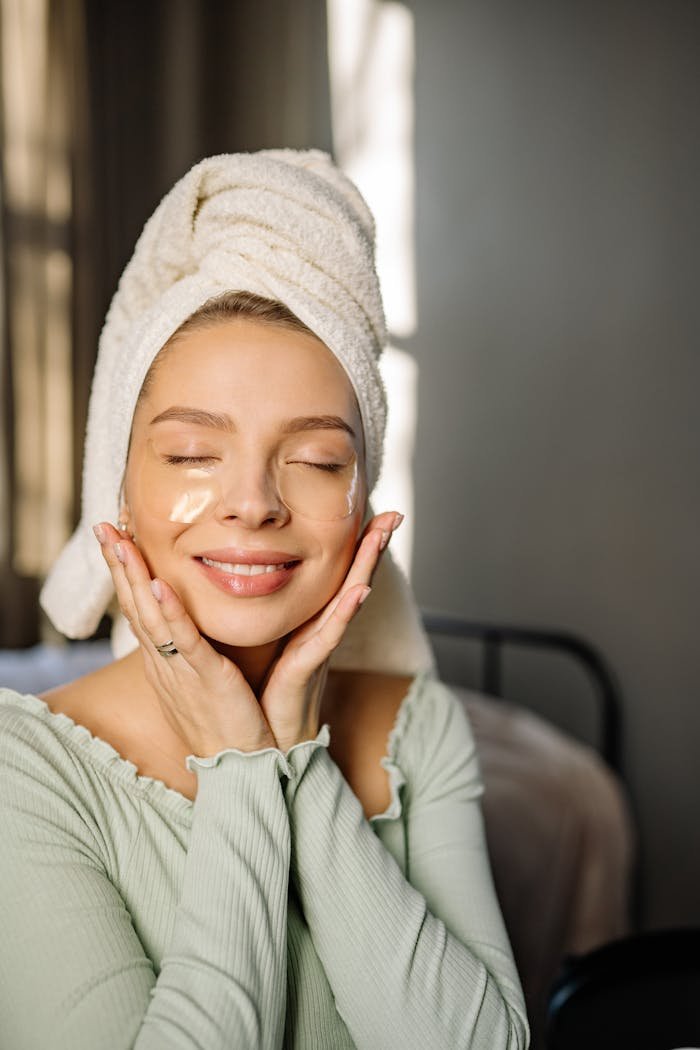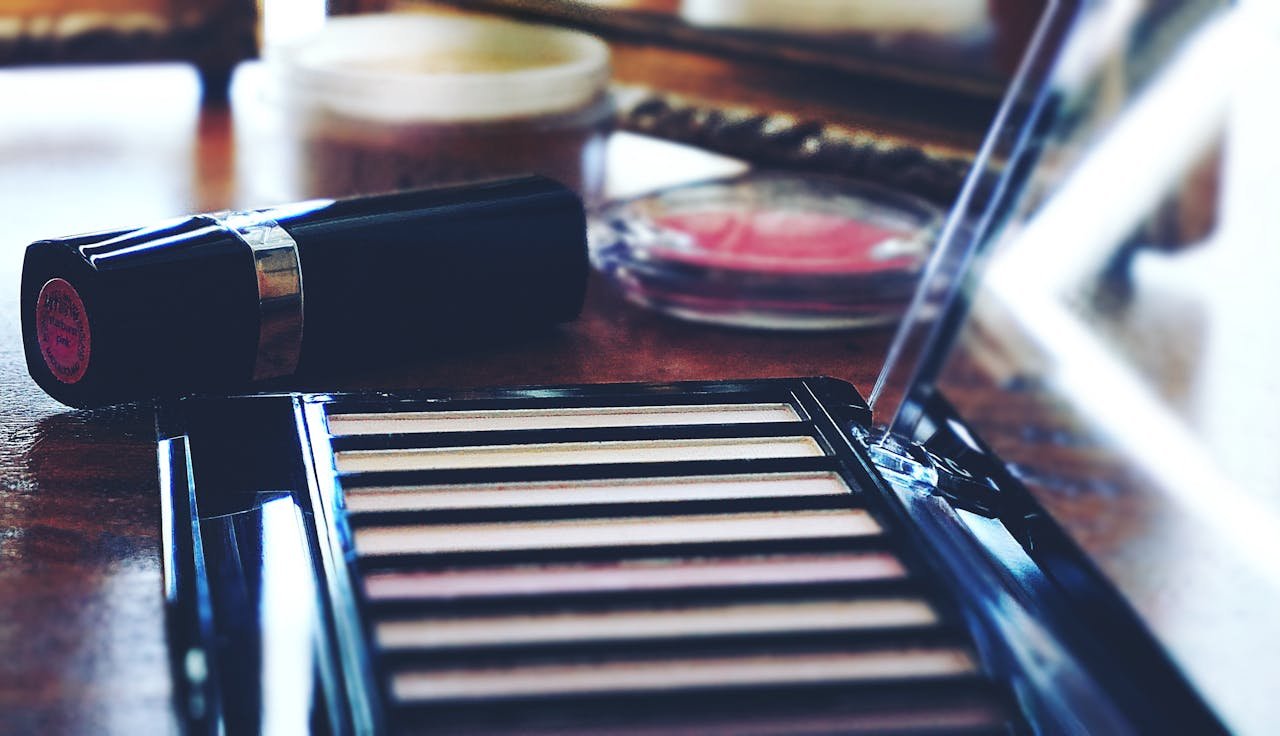How to Apply Powder Foundation
Applying powder foundation the right way can give your skin a flawless, natural look. If you’re wondering how to apply powder foundation, it’s easier than you think. The key is to prep your skin well. Start with moisturizer to keep your skin hydrated. Then, choose the right formula based on your skin type. Many ask, concealer before or after powder foundation? The answer depends on your coverage needs. If using liquid concealer, apply it first. If it’s a powder concealer, use it after the foundation.
Want to know how to use powder foundation for the best results? Use a sponge or brush for smooth application. For better coverage, press the powder into the skin instead of sweeping. Wondering how to apply loose powder foundation? Lightly dust it on for a soft, even finish. Follow these steps, and your makeup will stay fresh all day!
What Is Powder Foundation?
Powder foundation is a type of face makeup that provides lightweight to full coverage with a matte finish. Unlike liquid or cream foundations, it comes in a pressed or loose powder form, making it ideal for oily or combination skin. It helps absorb excess oil, reducing shine and giving the skin a smooth, even look.
One of the biggest advantages of powder foundation is its ease of application. You can use a brush, sponge, or puff to blend it seamlessly into the skin. It’s perfect for quick touch-ups throughout the day since it doesn’t feel heavy and won’t clog pores as easily as some liquid formulas.
Powder foundations come in different formulas, including mineral-based options that are gentle on sensitive skin. Some offer buildable coverage, allowing you to achieve a natural or more polished look depending on the occasion. Whether you want a sheer finish for everyday wear or full coverage for special events, powder foundation is a versatile choice.
How Does Powder Foundation Compare to Liquid Foundation?

Powder foundation and liquid foundation differ in texture, coverage, and application. Powder foundation is lightweight, often providing a matte finish that helps control oil and shine. In contrast, liquid foundation tends to offer more hydration and a dewy or satin finish, making it a better choice for dry or normal skin.
When it comes to coverage, liquid foundation is generally more buildable, allowing for a seamless blend and a natural, skin-like appearance. Powder foundation, on the other hand, is easier to apply for a quick, even layer but may not blend as smoothly into fine lines or dry patches. It’s best suited for oily or combination skin, as it absorbs excess oil and reduces shine.
Another key difference is longevity. Liquid foundations often last longer and adhere better to the skin, especially when set with powder or a setting spray. Powder foundations are great for touch-ups throughout the day but may wear off faster, especially in humid or sweaty conditions.
Ultimately, the choice between powder and liquid foundation depends on skin type, desired finish, and personal preference. Those with oily skin may prefer powder for its oil-controlling properties, while those with dry skin may opt for liquid foundation to maintain hydration. Some people even use both, applying liquid foundation for coverage and powder foundation for setting and touch-ups.
Who Should Use Powder Foundation?
Powder foundation is ideal for those with oily or combination skin, as it helps control excess shine and provides a matte finish makeup that lasts throughout the day. It’s also a great choice for people who prefer a lightweight, breathable formula that doesn’t feel heavy on the skin. Many mineral foundation formulas are non-comedogenic, making them perfect for acne-prone or sensitive skin, as they won’t clog pores or cause irritation. Additionally, if you need touch-up makeup essentials on the go, pressed powder foundation is easy to reapply without looking cakey. Those who enjoy a quick and effortless makeup routine will love how simple powder foundation application is compared to liquid foundation, offering a polished yet natural look in just minutes.
How to Apply Powder Foundation
For a flawless powder foundation application, start by hydrating your skin before makeup to ensure smooth blending. Use a makeup sponge vs. brush depending on your desired coverage—a sponge provides fuller coverage, while a brush gives a natural, seamless finish. Gently press and roll the pressed powder foundation or loose powder foundation onto your skin, focusing on areas needing more coverage. If you prefer a full coverage powder foundation, lightly mist your brush with a hydrating spray before dipping it into the powder. Blend evenly and let your skin warm up to the product for a flawless makeup finish.
With a Sponge

- Always begin with moisturized skin, as powder foundation application adheres better to hydrated skin, preventing dryness and ensuring a smooth, even finish.
- A flat sponge offers full coverage powder foundation, while a tapered sponge helps blend product seamlessly under the eyes and around facial contours.
- Instead of swiping, press and roll the sponge onto the skin, allowing the powder foundation to blend smoothly for a flawless makeup finish.
- Layer the pressed powder foundation in thin layers to control coverage, preventing a cakey look while achieving a matte finish makeup that lasts longer.
- Focus on the T-zone and oily areas, as powder foundation application helps oil-control makeup, reducing unwanted shine without clogging pores.
- Lightly mist the sponge with a hydrating spray before application to intensify full coverage powder foundation and enhance longevity.
- Ensure the powder foundation is seamlessly blended along the hairline, jawline, and neck to avoid harsh lines and achieve a natural, even finish.
With a Brush
- A medium-sized powder brush is best for even application, while a dense brush provides full coverage powder foundation for a more polished look.
- If covering blemishes or dark spots, use concealer and powder foundation together by applying concealer first, then blending powder foundation for seamless coverage.
- Buff the powder foundation into the skin using small circular motions to evenly distribute product and achieve a flawless makeup finish.
- Spritz the brush with a hydrating spray before dipping it into the powder foundation for better adhesion and a more natural, long-lasting look.
- Start with a light dusting and add more layers as needed, ensuring the makeup blending technique creates an even, breathable finish.
- Use a smaller powder brush for precise application around the nose, eyes, and mouth, ensuring powder foundation application is even across all areas.
- Lock in your matte finish makeup with a light mist of setting spray, ensuring long-lasting oil-control makeup without making the skin look dry.
FAQ’s
Conclusion:
Powder foundation is a great choice for a smooth, matte finish. It works well for oily and combination skin. Knowing how to apply powder foundation correctly makes all the difference. Always start with clean, moisturized skin. Use a sponge or brush for even coverage. Press and roll the sponge for a flawless look. If using a brush, blend in circular motions. Layer lightly to avoid a cakey finish. Setting spray helps lock everything in place.
Learning how to apply powder foundation properly gives the best results. It keeps makeup fresh and natural all day. Powder foundation is also great for touch-ups. It controls shine and feels light on the skin. Whether you want light or full coverage, technique matters. Practice different methods to find what works best. When done right, how to apply powder foundation becomes easy and effortless for any makeup routine.


